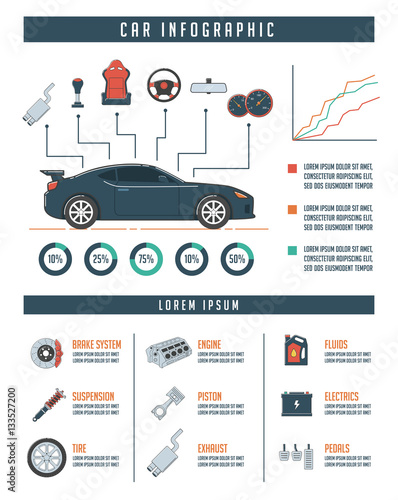Interpreting Your Car'S Alert Lighting: Their True Implications
Interpreting Your Car'S Alert Lighting: Their True Implications
Blog Article
Web Content Author-Higgins Winters
When you're behind the wheel, those beautiful caution lights on your control panel can be a little bit perplexing. Do you understand what they're attempting to tell you concerning your automobile's health? Understanding the importance of these lights is important for your safety and security and the longevity of your lorry. So, the next time among those lights turns up, would not you wish to analyze its message precisely and take the required steps to resolve it?
Common Warning Lighting and Interpretations
Recognize common caution lights in your vehicle and recognize their meanings to guarantee secure driving.
The most regular caution lights include the check engine light, which signifies issues with the engine or emissions system. If this light comes on, it's vital to have your lorry checked promptly.
The oil stress warning light shows low oil stress, needing immediate focus to stop engine damages.
A flashing battery light might suggest a defective billing system, potentially leaving you stranded otherwise addressed.
The tire stress surveillance system (TPMS) light alerts you to reduced tire stress, impacting car stability and gas performance. Disregarding this could result in hazardous driving conditions.
The abdominal muscle light suggests a trouble with the anti-lock stopping system, compromising your capability to quit quickly in emergencies.
Finally, the coolant temperature level warning light warns of engine getting too hot, which can cause extreme damages otherwise resolved swiftly.
Understanding these typical caution lights will assist you resolve issues quickly and maintain risk-free driving problems.
Relevance of Prompt Attention
Comprehending the usual caution lights in your car is just the first step; the importance of without delay resolving these cautions can not be stressed enough to ensure your safety when traveling.
When a warning light illuminates on your control panel, it's your vehicle's method of connecting a prospective problem that needs focus. Ignoring these warnings can bring about more serious problems in the future, endangering your safety and security and potentially costing you a lot more out of commission.
Trigger focus to alerting lights can protect against breakdowns and accidents. As an example, a blinking check engine light might show a misfire that, if left neglected, might cause damage to the catalytic converter. Resolving this without delay can conserve you from a pricey repair work.
In a similar way, a brake system advising light may signify low brake liquid or used brake pads, essential elements for your safety and security when driving.
Do It Yourself Troubleshooting Tips
If you notice a warning light on your dashboard, there are a couple of do it yourself repairing tips you can attempt prior to looking for expert help.
The primary step is to consult your car's manual to comprehend what the particular warning light suggests. Often the issue can be as easy as a loose gas cap activating the check engine light. Tightening up the gas cap may fix the trouble.
see this page is a low battery, which can activate different alerting lights. Checking paint protection film for corrosion and guaranteeing they're safe and secure might deal with the problem.
If a warning light persists, you can attempt resetting it by separating the vehicle's battery for a few minutes and then reconnecting it. Furthermore, checking your lorry's fluid levels, such as oil, coolant, and brake fluid, can help fix advising lights connected to these systems.
Verdict
To conclude, comprehending your vehicle's caution lights is necessary for keeping your automobile running efficiently and securely. By quickly resolving these notifies and understanding what they mean, you can avoid expensive repair services and prospective malfunctions.
Keep in mind to consult your automobile's guidebook for particular details on each cautioning light and do something about it accordingly to guarantee a trouble-free driving experience.
Keep educated, stay risk-free on the road!
